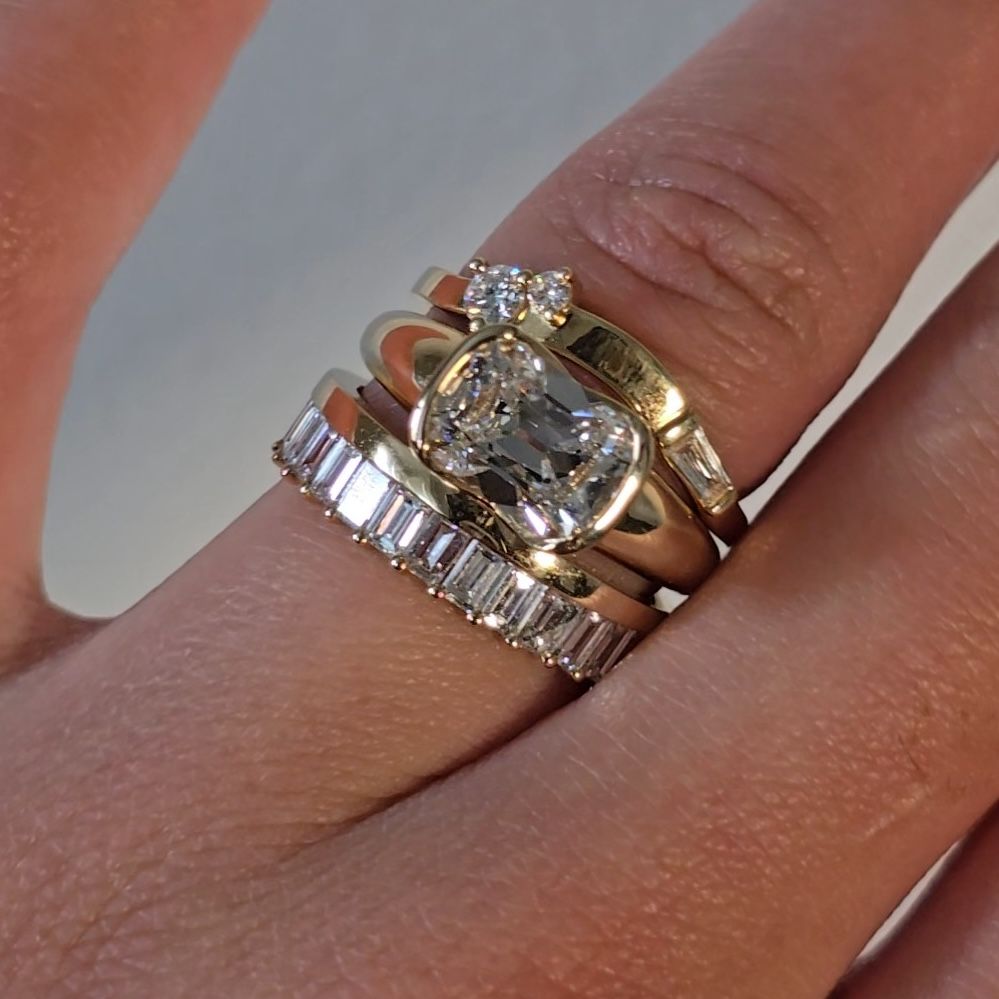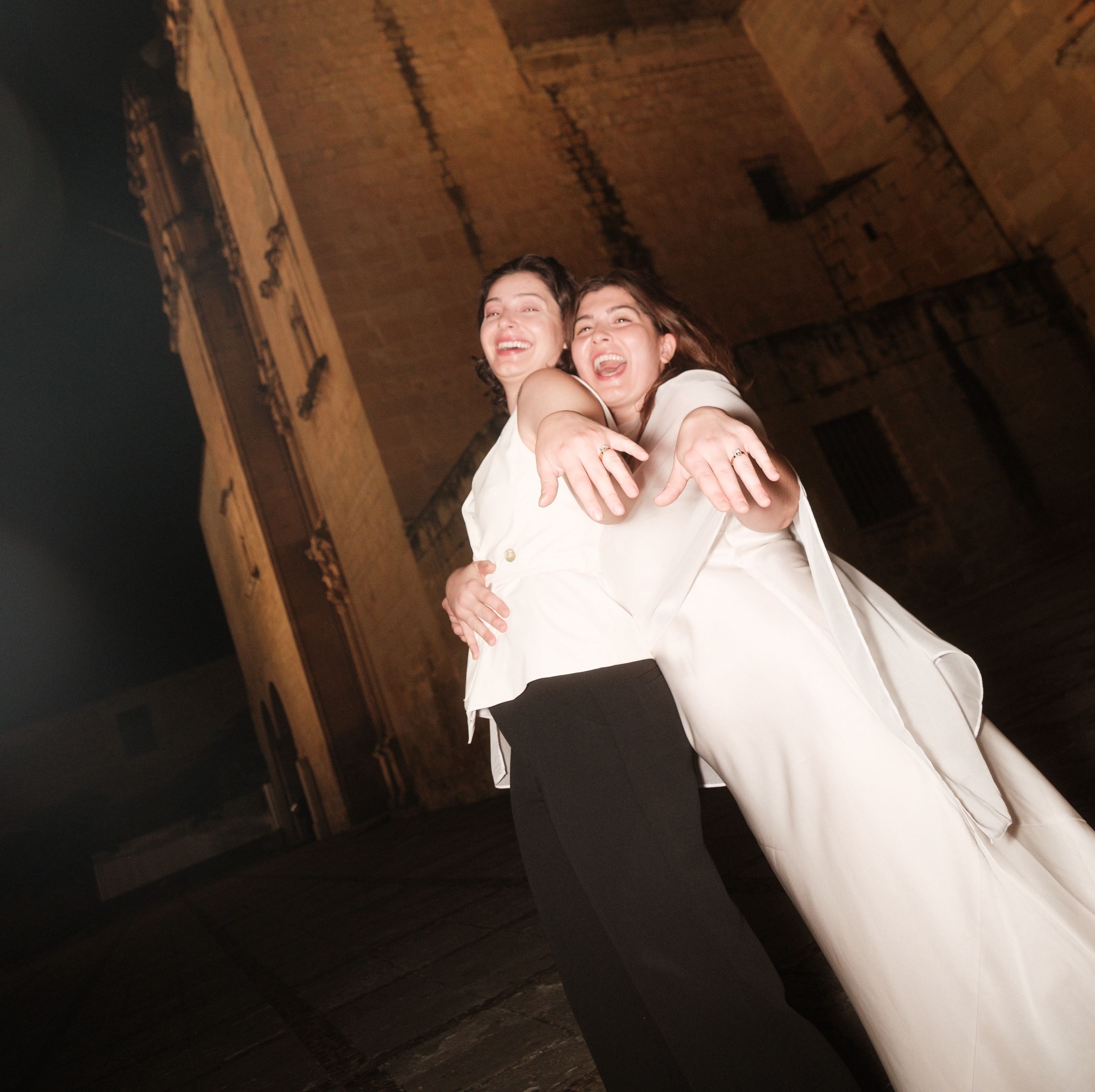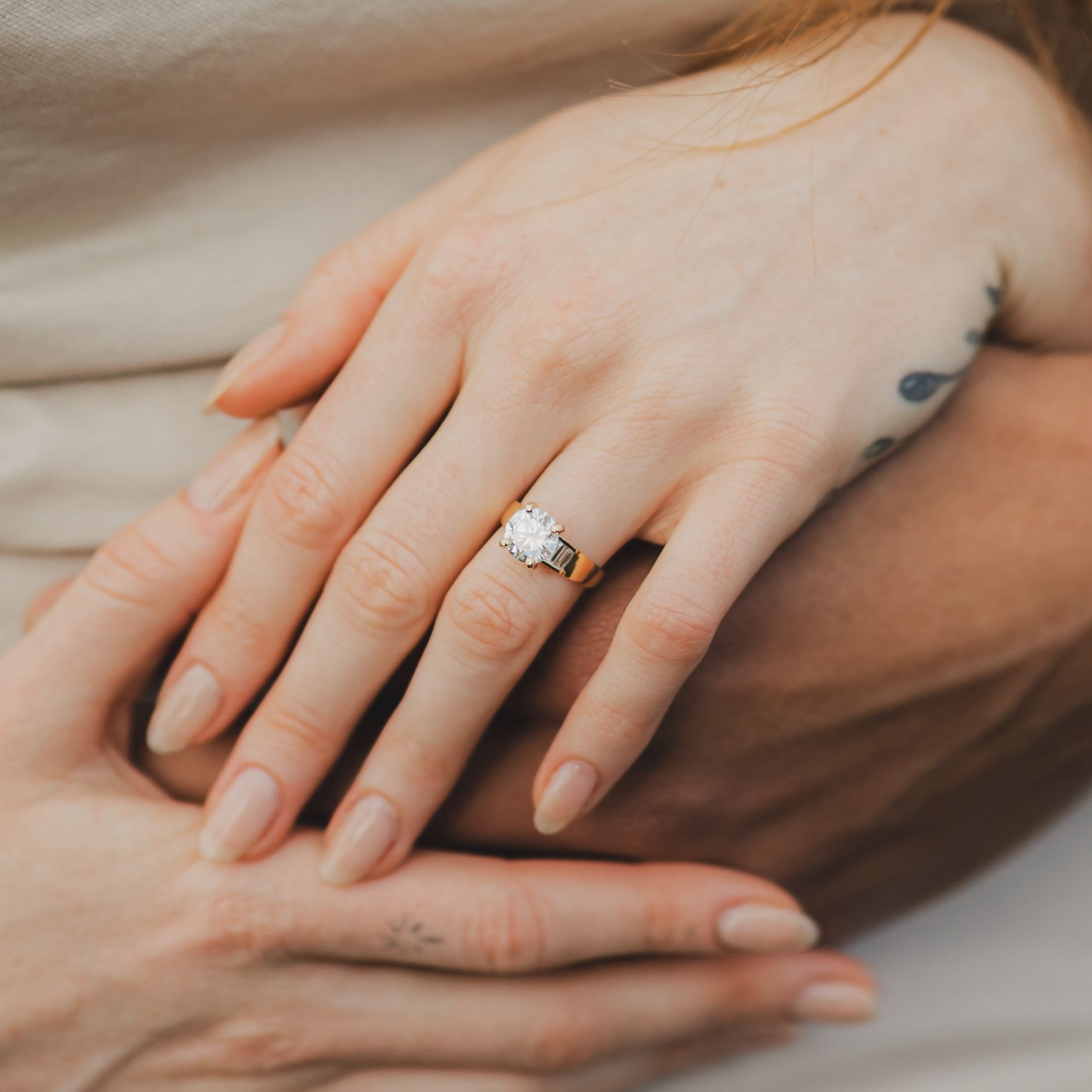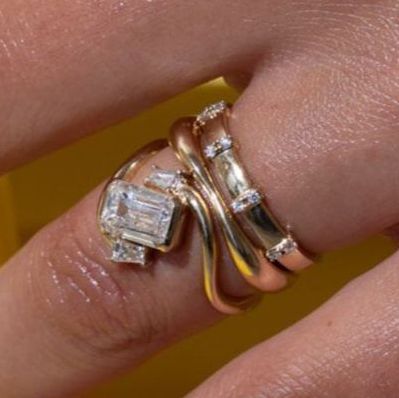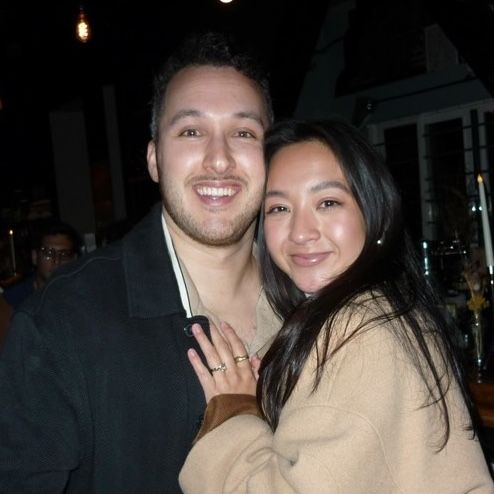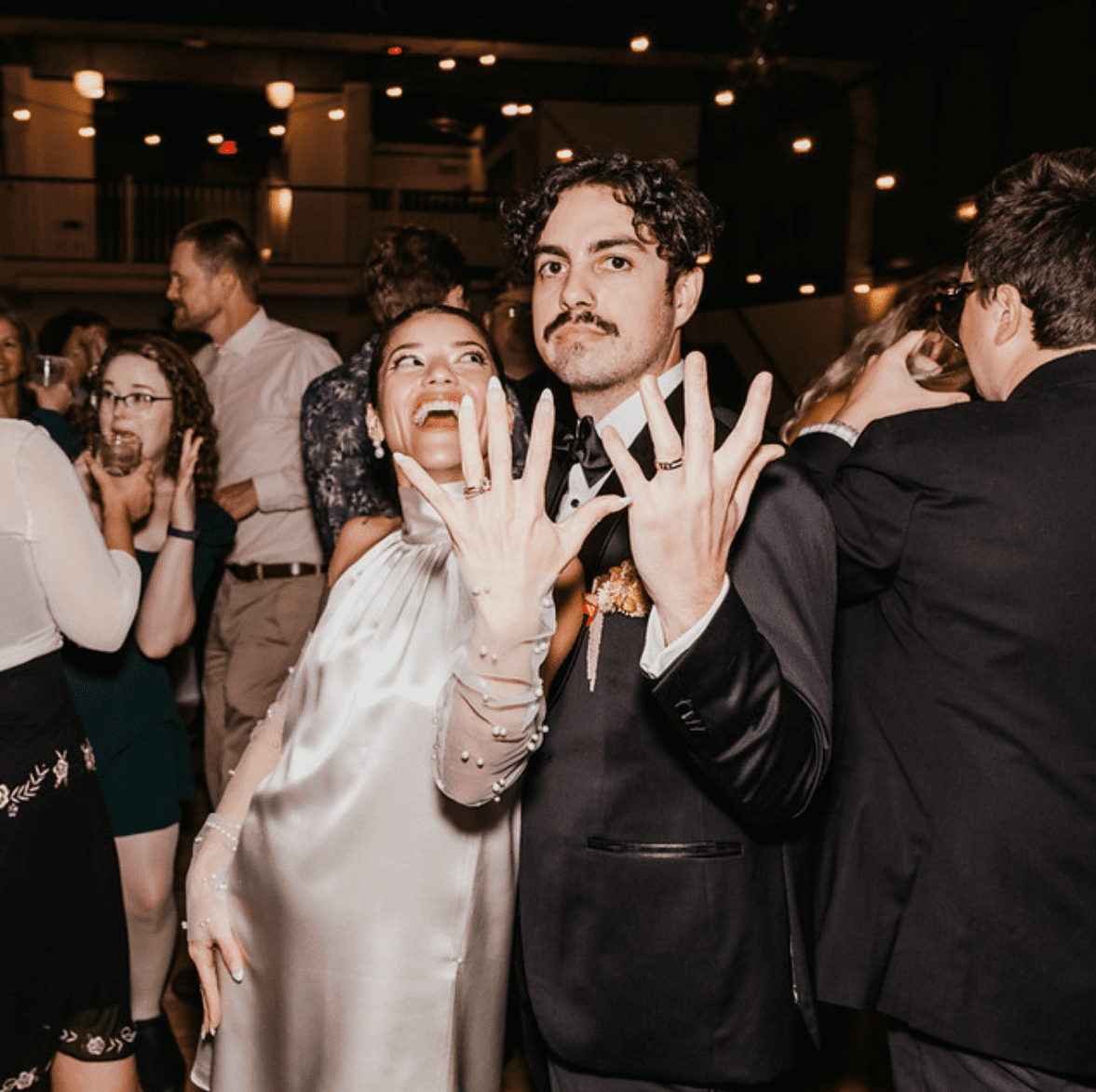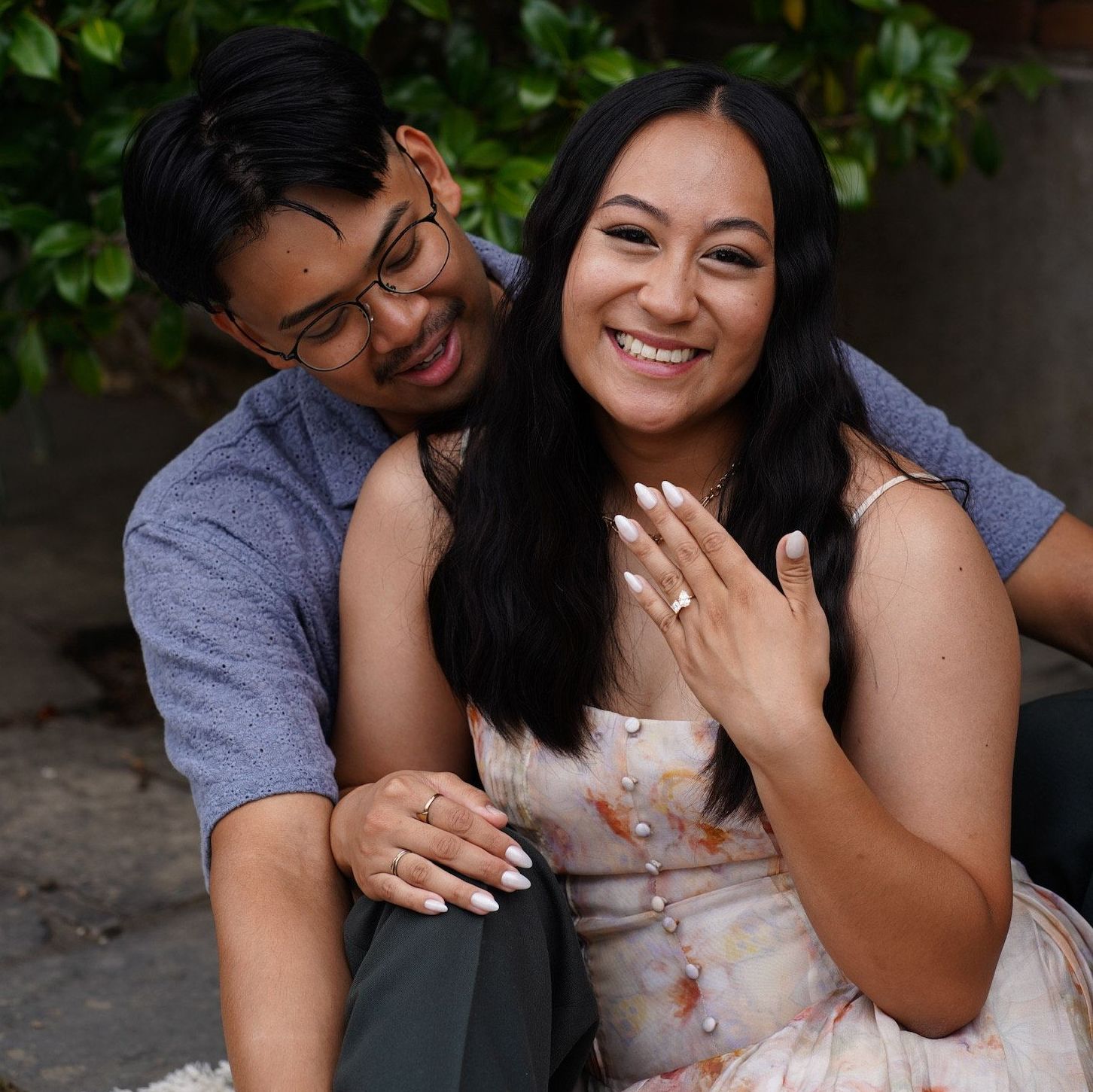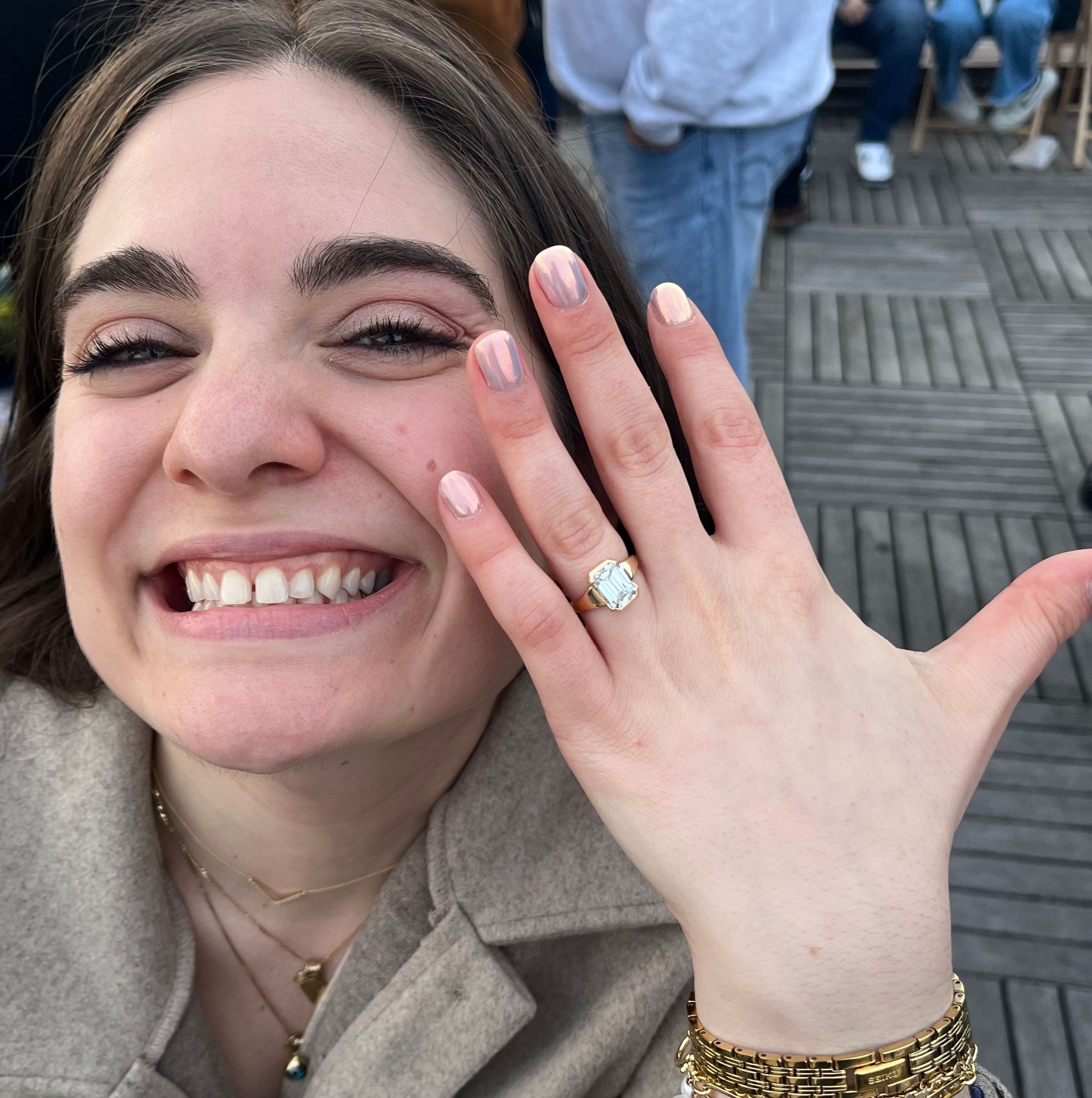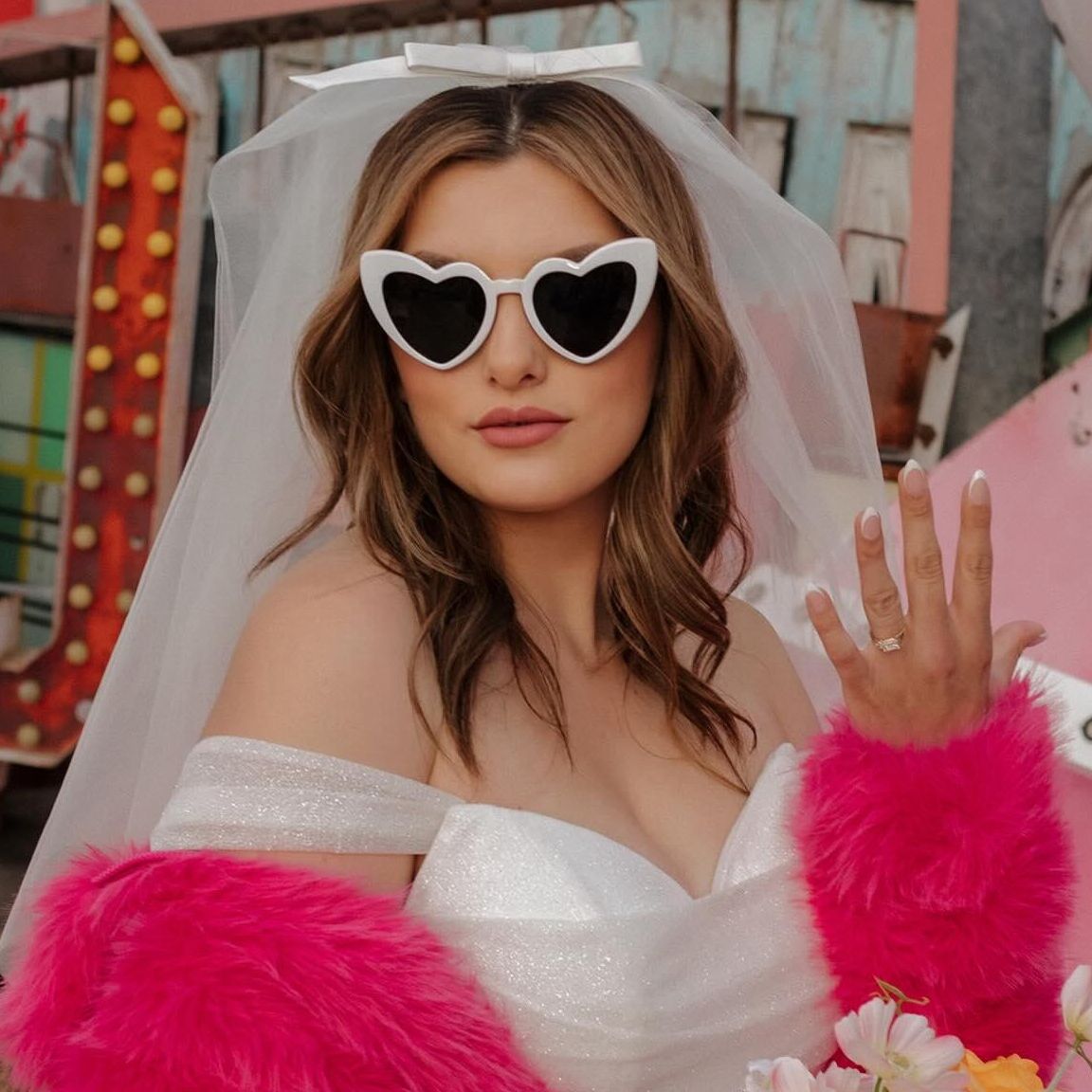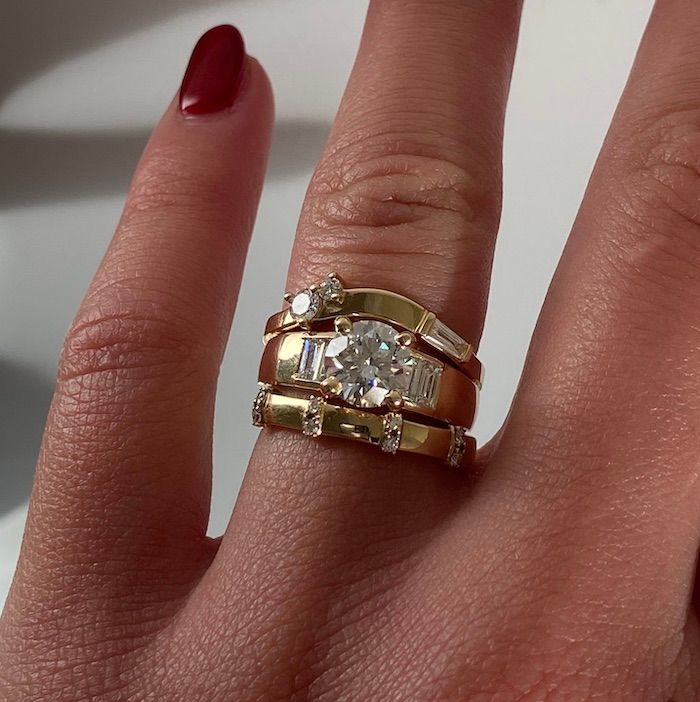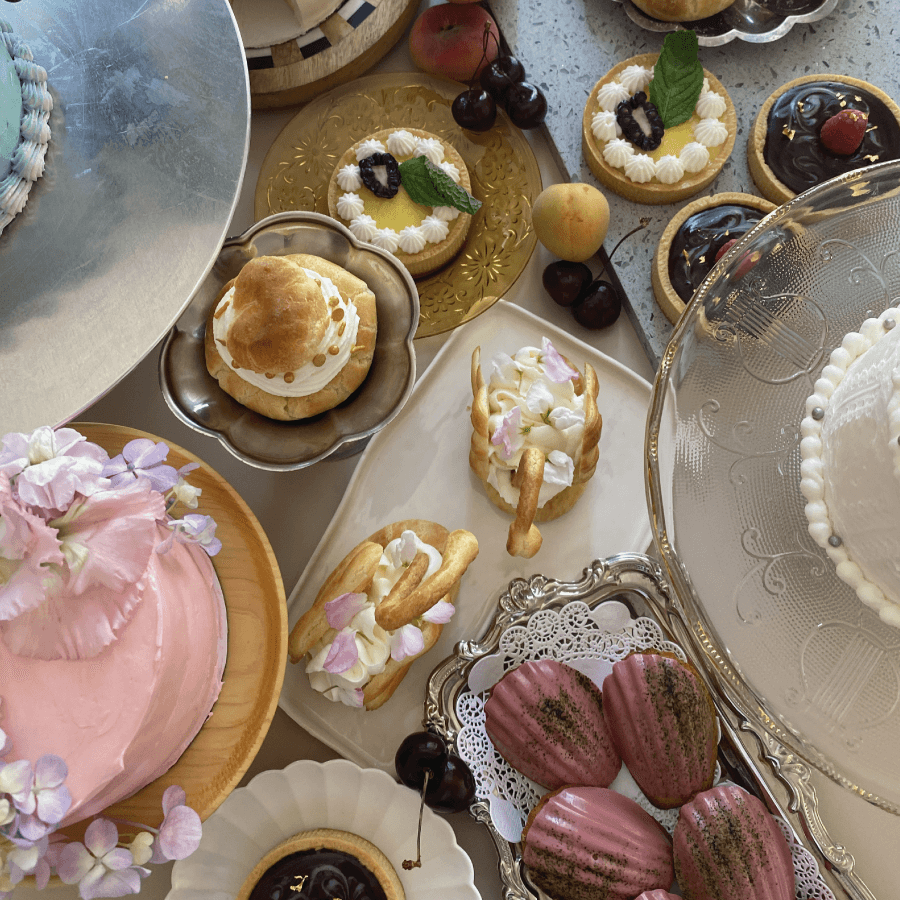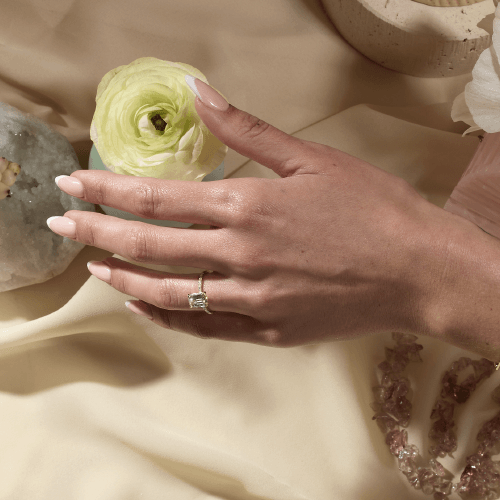Need a ring by Christmas?
ORDER BY 12/5 AND GET FREE RUSH PRODUCTION W/ CODE MERRYFAST
+ Get a $500 gift card with any $5,000+ order

How We Choose Our Diamonds
We all know not to judge a book by its cover, so why would you choose a diamond simply by its certificate?
At Eliette, we go beyond the 4C’s when recommending diamonds for our rings. While color, clarity, cut and carat are incredibly useful benchmarks for your sparkly treasure, there are ways to look at each of these characteristics and make informed decisions that go beyond what’s on paper. With over 10 years of experience in selecting diamonds, both mined and lab-grown, we’ve picked up a few tips and tricks along the way.

Clarity:
Clarity can be a scary concept because, well, it is! Clarity is measured by the amount of imperfections found naturally in a diamond. Funny that we call them imperfections when actually, an inclusion in a diamond is simply a naturally occurring “birthmark.” Some inclusions are in areas that are hidden by facet reflections, some are white and feathery and aren’t visible at most angles, some can be hidden with proper prong placement, something we always keep in mind when setting your diamond. Clarity is heavily correlated with price, so understanding which inclusions are acceptable can give you leverage to one-up another category, such as carat size. Choosing an SI1 (slightly included) Eliette recommended diamond might allow you to go bigger in diamond size without compromise.
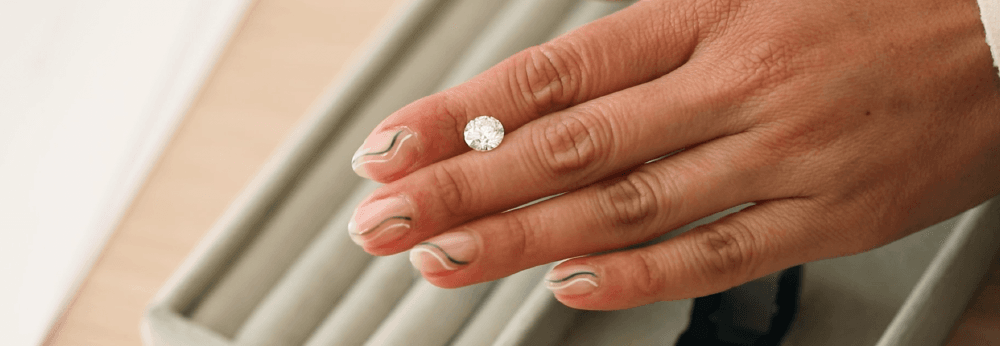
Color:
When we look at color, or the amount of tint present in the diamond, it’s important to consider the metal type you are setting your diamond into. A colorless diamond set into a yellow gold setting will reflect some of the yellow from your ring, so a colorless stone might not give you the white-white desired effect you want. How about trying an Eliette recommended diamond in the G/H color range, that balances the warmth of your setting and the diamond? Our diamond specialists at Eliette can help advise you on color based on the metal you prefer.
Carat:
Carat size – this one seems simple, but it’s not! At Eliette, we affectionately call some of our diamonds “spready.” This refers to the actual dimensions of a diamond vs what it weighs on a scale. Depending on how a diamond is cut, there are ever-so-slight ways to maintain optimum sparkle while maximizing the way a diamond “faces up.” In simpler terms, she looks way bigger than she is. We love when we find a stone with great dimensions, and we add them to our Eliette recommended list.
Cut:
Do you like your cake sliced into triangles or into squares? Cookies shaped like hearts or only in perfect circles? Diamond cut is not quite as arbitrary but is something you can very much see with the naked eye, and decide with a base knowledge of zero. Does the diamond sparkle or is it “dead?” Diamonds are faceted to radiate “fire” or scintillation, and if you aren’t seeing much sparkle, we say it’s “dead.” The cut grade on a certificate might allude to how much sparkle and fire a diamond might have, but that’s only if you’re shopping for a round diamond. There is no cut grade for ovals or emerald-cuts, so how will you know if your diamond is cut to shine? In the world of mined diamonds, the rough is often cut simply to maximize size and clarity. If that means cutting it in a poor fashion, they may do so. With our hand selected lab-grown diamonds, we don’t offer anything less than a VG (very good) cut grade. We make sure that each diamond that we recommend has that shine, sparkle and fire you’d expect. You won’t find any “dead” diamonds here.

We like to think of ourselves as diamond aficionados at Eliette – we deeply care about educating others about diamonds in a way that is meaningful and thoughtful, another way in which we take a modern approach to love and commitment.

